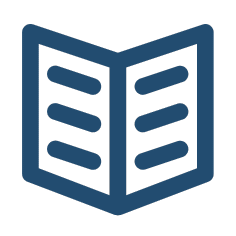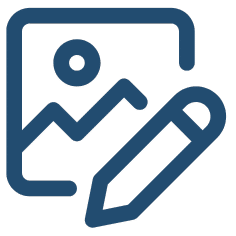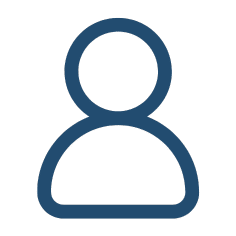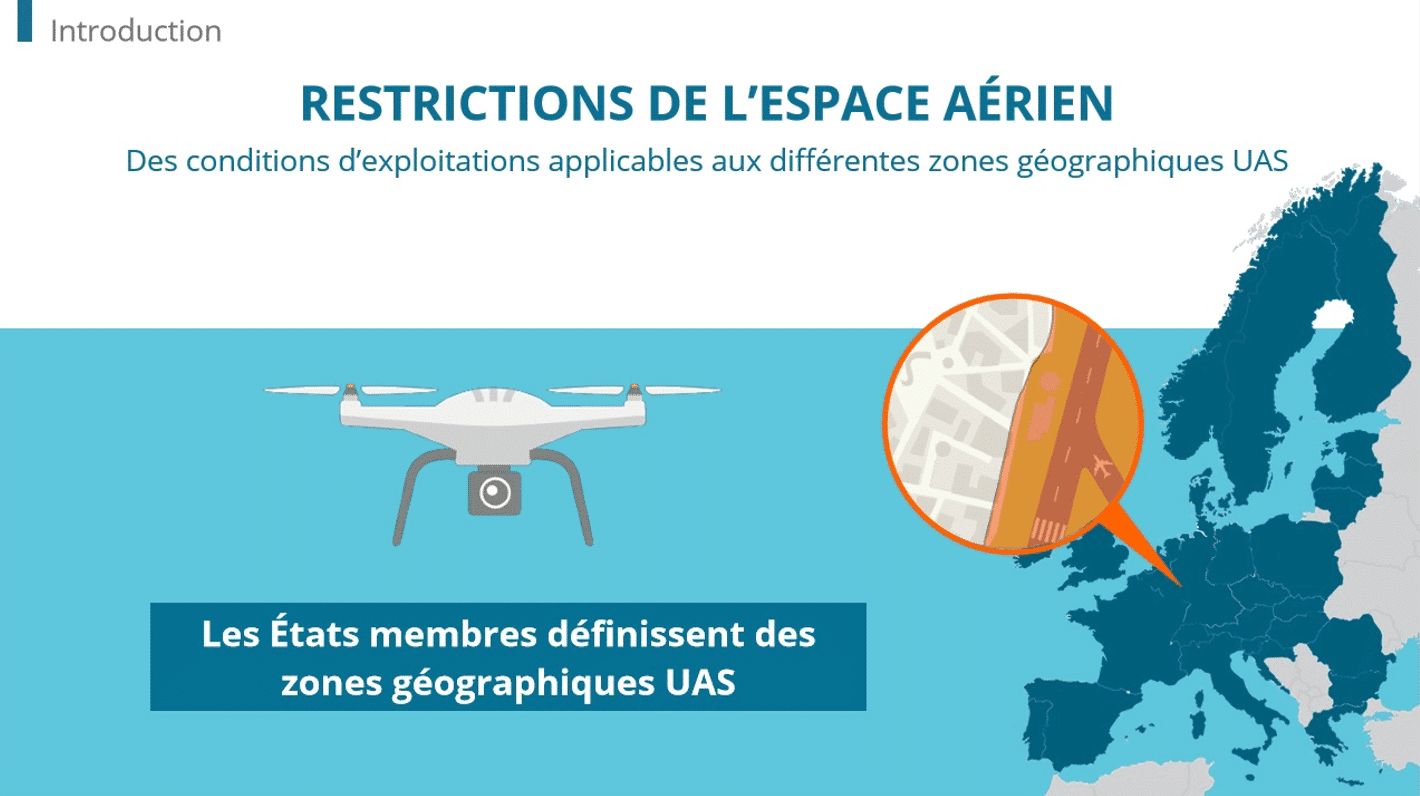Good news! After the Covid-19 crisis, the US economy is back on track. Retail sales reached $6.6 trillion in 2021 in the United States, one billion increase from the year before, according to Statista.
The success of your retail business hinges on the efficiency of the sales force. However, the sales team’s performance can often be hit or miss, leading to wishy-washy results. One of the keys to more consistent sales productivity is online training for recruits and refresher training for existing members.
What is sales training and why does it matter?
Sales training is teaching your sales team how to convey the value of your product to the target demographic to optimize conversion. In the modern age, sales training is moving to the web and away from traditional classrooms.
Why is online sales training essential for retail success? A 2019 report indicated that 90% of employees agreed or strongly agreed that an in-company training program improved their job performance.
With online sales force training, your team learns the latest pitching, marketing, and lead nurturing techniques. The team learns how to implement these concepts in a real-world setting, whether that be through traditional face-to-face prospecting or online social networking.
Why move training to a digital landscape?
There is a perception of online learning as being inferior to traditional classroom instruction. However, what matters is results and performance. A 2015 study revealed no significant difference in learning outcomes between online and in-classroom students. Online learning holds additional advantages as well, giving students the flexibility to access the course in the convenience of their homes and at a time of their choosing.
On the company end, creating an online course is also far more cost-effective. It only costs an estimated $350 to $1,000 for a course that you can reuse indefinitely with minor tweaks.
How to increase sales productivity through online training
You need an action plan to improve sales performance. A robust learning management system (LMS) for retail as Dokeos LMS makes it easy to develop an organized sales productivity formula. Here are some training implementations for optimal learning and information retention:
1. Gamify learning
People retain information more efficiently when they’re having at least a semi-good time learning. In fact, a 2017 study revealed that gamification improves information retention and mean scores during orientation training of new employees.
Gamify the course by adding a competition element. Take advantage of people’s innate desire for competition by incorporating digital trophies, badges, experience points, and leaderboards.
2. Leverage social media
Part of being an effective salesperson is making the right connections and leveraging them to your advantage. The training should include a section on social networking and how to connect with people who can act on the company’s behalf as brand ambassadors. Training should cover areas like:
- How and when to use hashtags
- How to tie in trending current events into your product pitches
- How to pitch to prospective brand advocates
3. Incorporate real-world training and demonstrations
Training shouldn’t be limited to some reading followed by a quiz. It should incorporate mock demonstrations. Include live webinars where students put their skills into practice with the moderator or fellow students acting as customers. Create various roleplay scenarios that present diverse customer archetypes, such as:
- The on-the-fence customer
- The customer who wants the most for their money
- The negotiation-savvy customer
- The shopping-around customer
4. Create “moment of need” training
The latest metric report will yield deficiencies in certain areas. Create short micro-courses that focus on these “blind spots.” For example, let’s say the sales team does well with conversion via social media but conversions via email newsletters are lagging behind, and email open rates have seen a steady decline. Create a brief single-module course that covers email marketing, with lessons like A/B testing for subject lines and calls-to-action.
5. Cover industry regulations
Better sales productivity begins with compliance. Some retail sectors, such as medical devices, are steeped in a heavy regulatory environment. The sales team needs to be up to date with the guidelines to be sure they’re following the rules, especially when making marketing claims or statements. Provide a list of practices that appear commonplace but are in breach of regulations.
6. Create a “troubleshooting” section
Your sales team may run into unexpected encounters. For example, they may often lose customers at a certain stage of the sales funnel. The course should contain a section with advice on how to troubleshoot common sales barriers. It’s also useful to have a discussion forum where members can get advice on how to improve sales performance from team members. Sometimes, the best teachers are your peers.
7. Offer refresher training
Have your team retake their initial onboarding training, with a few modifications to keep up with the latest sales and marketing trends. Annual or biannual refresher training keeps the information fresh in your employees’ heads. This also ensures they follow the playbook, so to speak, and not default to sales practices that may not be in line with industry and company standards.
Improve sales productivity with Dokeos LMS
Ready to start building effective, easy-to-use training programs for your retail stores? At Dokeos, we can help you design, create, and run in-house training that is tailored to your unique needs. With Dokeos, you can transform your employees into a knowledgeable, engaged, ever-learning workforce.
How can you help improve your sales team’s performance? It begins with providing high-quality training accessible at their fingertips. Our LMS training center provides the latest resources for optimizing online learning. Develop your own course tailored to your niche and internal demands. Give Dokeos a try today by signing up for a free trial. And contact us !








































